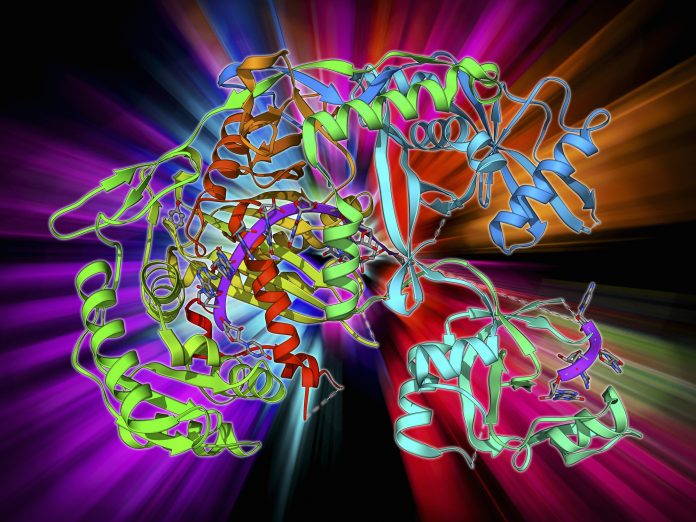
It’s been a whirlwind couple of weeks for new NGS company Ultima Genomics. Fresh off emerging from stealth mode by announcing $600 million in venture funding last week and a bioRxiv preprint that broke a few days before detailing its sequencing technology, the company announced Wednesday it will collaborate with proteomics company Olink with an eye toward developing a high-throughput proteomics analysis platform.
According to the companies, the focus of the collaboration will be to integrate Ultima’s new sequencing-by-synthesis NGS platform, which provides reads of 300 base pairs with a run time of around 20 hours with the Olink Explore assay. The two companies are already working with a set of joint customers on larger scale projects according to a press release.
The companies envision offering an Ultima-specific library modules combined with an Olink-provided data analysis solution. An initial proof of concept has shown that data gathered by the companies exhibits similar performance to existing Olink’s Explore assays (which has panels addressing cardiac, oncology, inflammation and neurology biomarkers), signaling its potential for high-throughput proteomics customers.
“With the next-generation sequencing market expected to undergo a significant evolution in the months and years ahead, Olink is committed to enabling broad access to its unique and industry-leading Explore technology,” said Jon Heimer, CEO of Olink. “As more labs embrace the promise of proteomics, we believe we are approaching an inflection point; and efforts such as our collaboration with Ultima will be a critical factor in developing the market and reaching as many customers as possible.”
Olink, founded in 2016, provides a platform of products and services developed to serve major biopharmaceutical companies and leading clinical and academic institutions to deepen the understanding of real-time human biology via its proteomics assays and technologies. The deal with newcomer Ultima Genomics is the third such collaboration it has announced this week. On Tuesday, it announced similar collaborations with Singular Genomics, and another relative sequencing newcomer, Element Biosciences, which launched in March. Like the collaboration with Ultima Genomics, these deals also will seek to integrate the Explore Assays with each company’s sequencing platforms.
While the collaboration with Ultima Genomics may seem like a relatively small deal given how recently the company burst on the scene, its deep pockets and 350-person strong workforce—surprising for a company that has flown under the radar for the past six years, make it an important partner as Olink looks to make its assays and data analysis tools more widely used.
“Olink is dedicated to driving the understanding of real-time biology and making our Olink Explore line of products broadly accessible to labs across the world,” Heimer noted in the element Biosciences announcement.
In addition to these new technology partnerships, Olink has made inroads in providing its proteomics platform for research by major pharmaceutical companies. A recent example is the December announcement of a project with Boehringer Ingelheim (BI) assessing the potential utility of protein biomarkers in the EMPEROR studies of empagliflozin, sold under the trade name JARDIANCE, an approved treatment to lower blood sugar in patients with type 2 diabetes, and also to reduce the risk of cardiovascular death in those with type 2 diabetes who have known cardiovascular disease.
In this deal, Olink and BI are assessing the drug for the treatment of chronic heart failure, with the goal of identifying actionable biomarkers that can be used to stratify patient populations for drug efficacy.
“It is hoped that these analyses by Boehringer Ingelheim and Olink become a model for future pharma-diagnostics companies best use of clinical trial data and samples to help understand the molecular basis of drug benefits, precisely in the clinical setting of the intended use of the drug.” said Faiez Zannad, professor of Therapeutics and Cardiology, Head of CIC Academic Hospital (CHU), in Nancy, France, and one of the principal investigators of the EMPEROR studies.










